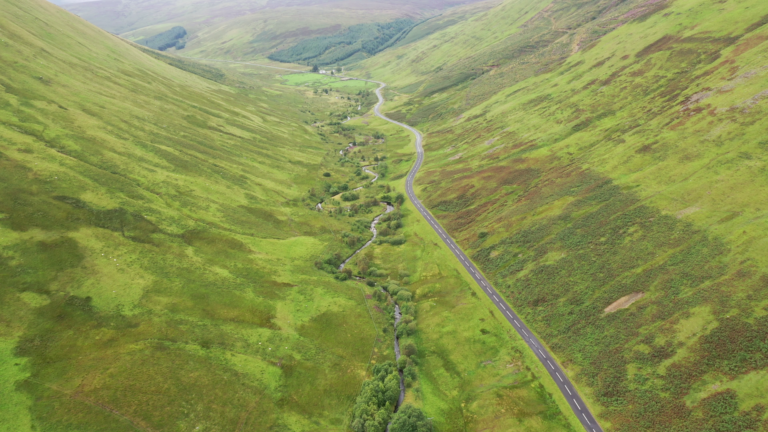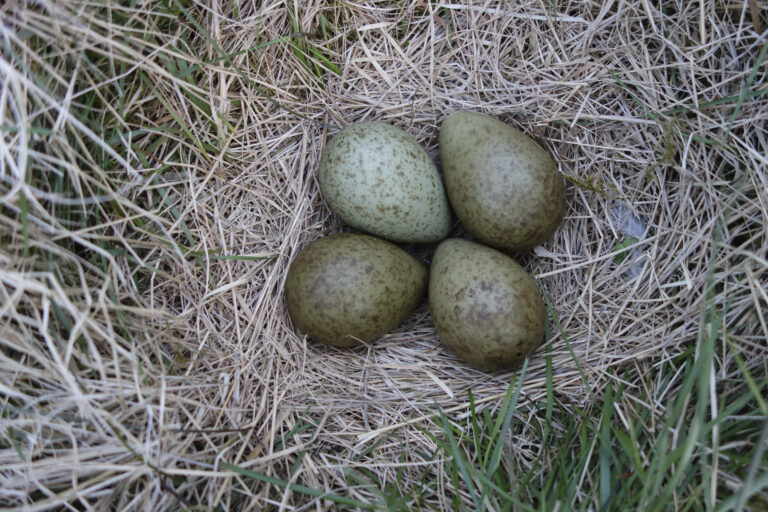By Dan Paris, advocacy manager, Scottish Environment LINK
There was good news and bad news in Scotland’s latest climate emissions statistics, published last week.
The good news is that our emissions have fallen significantly over the past decades, down nearly 50% since 1990. The bad news is that we missed our 2021 target, meaning we have even more ground to catch up.
In 1990, the baseline year for our climate targets, the biggest source of emissions was by some distance our energy supply. Our homes were powered by big, polluting coal-fired power stations that belched masses of carbon dioxide into the atmosphere. The growth in renewables has allowed a dramatic decarbonisation of electricity, with emissions from energy falling by over 77%.
Other sectors of the economy, like industry and waste management, have seen similar falls in emissions. But one sector where progress has been stubbornly slow is agriculture.
Farming is now the second biggest source of climate emissions in Scotland, narrowly leapfrogging business emissions in the 2021 figures. Only transport is responsible for more greenhouse gases – and even the transport sector has seen emissions fall at nearly twice the rate as agriculture.
So should farmers replace oil executives as the climate villains in the public imagination? Well, of course not. The problem is not the decisions made by individual farmers – many of whom are making great efforts to farm in ways that are better for the environment. But those farmers operate under conditions set by both the market and, in large part, through government policy. And government policy has to date not done enough to mainstream a more sustainable approach.
The Scottish Government spends more than half a billion pounds a year on farm funding. The way that money is currently distributed is still a hangover from the decades-old Common Agricultural Policy, which has incentivised the growth of large-scale, intensive farming.
That approach comes with big problems. Emissions are one, and are bigger than just carbon dioxide. The most significant greenhouse gas produced by agriculture is methane. And many farms depend on nitrogen fertilisers, produced from fossil fuels and emitting nitrous oxide – which is 300 times more warming than carbon dioxide.
But the problems with our current food system go beyond just greenhouse gases. Farming is a major driver of biodiversity loss, with – as just one example – the use of pesticides threatening pollinators like bees.
You might think that this is all regrettable but simply the inevitable cost of a vital industry. After all, food production – and food security – are hugely important.
But, with the impacts of climate change and nature loss now undeniable, we must take an honest look at the systems we depend on – and how they will change on a warmer planet.
Food production requires more than a farmer with a field. Farming depends on the wider environment – healthy soils, populations of pollinators, and climatic conditions suitable for growing crops. There is no food security without a stable climate and healthy natural environment.
We know this because the impact is already here. In recent years the impact of extreme weather, including droughts, has had a major financial impact on Scottish farmers. And today food inflation is being driven in part by the climate impact on food producers across the world.
The Scottish Government will soon be taking forward an Agriculture Bill to replace the current system of farm funding. That new system must support farmers and crofters to produce food. But it must do so by supporting the industry to transition to ways of food production that are sustainable in the long run.
That won’t look the same on every farm – not every farmer will be organic, and not every field will integrate trees with their livestock. But, with farmers and crofters managing three quarters of our land, it is vital that we help agriculture to become part of the solution.
This article was first published in the Scotsman on 30 June 2023.
Disclaimer: The opinions expressed in this blog are the author’s and do not necessarily represent the views of all the organisations backing the Farm for Scotland’s Future campaign.




